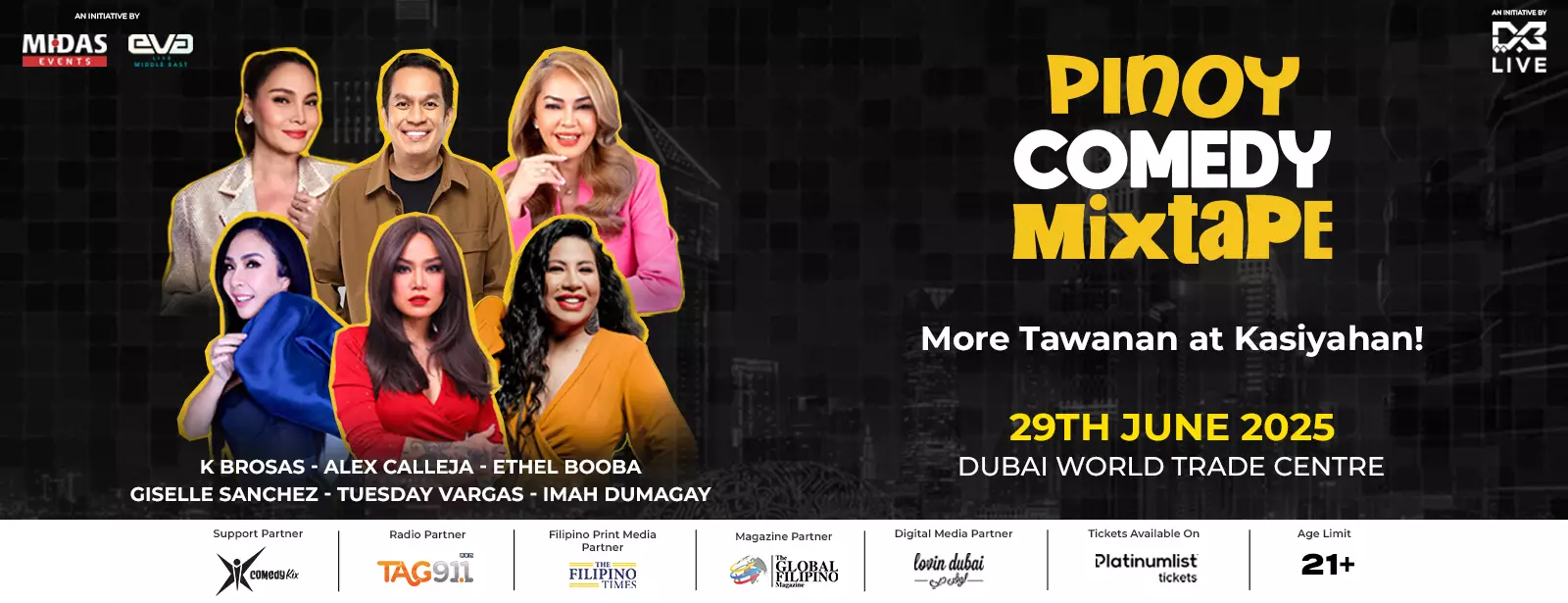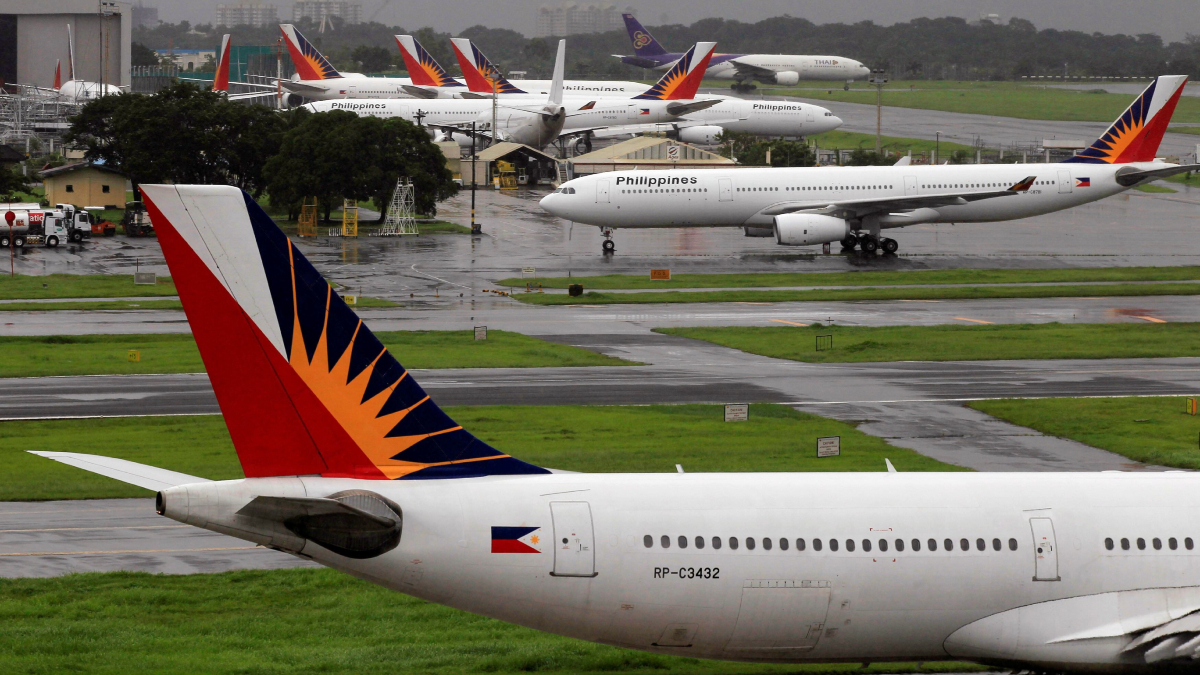Philippine Airlines (PAL) is looking to fly up to 18 million passengers this year as it boosts its network with new Asian routes and expands its fleet, according to PAL president and COO Stanley Ng.
The country’s flag carrier is targeting a 10 to 20 percent jump in passenger traffic in 2025. If successful, this would bring its numbers between 17.16 million and 18.72 million passengers—up from 15.6 million in 2024.
“We have recovered some of the grounded aircraft, so we are able to launch Manila-Da Nang and Cebu-Vietnam, and I think that would help really grow us,” Ng said in a PhilStar Global report.
PAL has been regaining momentum as aircraft grounded due to engine issues are gradually returning to service. This recovery has allowed the airline to increase flight frequency and explore additional high-demand destinations across Asia.
This May, PAL is set to launch direct weekly flights between Cebu and Ho Chi Minh, offering a much-needed link between the Visayas and Vietnam. By July, it will also open a non-stop service from Manila to Da Nang.
Ng also hinted at a possible future connection between Manila and Sapporo, as PAL eyes competition with Cebu Pacific on that Japan route. However, engine supply and cost efficiency remain key hurdles.
Further strengthening its long-haul strategy, PAL is expecting the arrival of new Airbus A350-1000s this year. These widebody aircraft will support PAL’s expansion into North America and potentially Europe.
On the domestic front, PAL continues to build its presence beyond Metro Manila. The airline now operates 287 weekly flights out of Mactan-Cebu International Airport, reaching 18 local destinations. It also maintains a wide network with non-stop services from Manila, Cebu, Clark, and Davao to 31 domestic and 37 international cities across Asia, the Pacific, Australia, and North America.






